Whatever Happened to the International Typewriter Appreciation Month?
The 1940 AMES American Typewriter Parts Catalog
The one that started this hunt, the first known Model 10 Royal:
From the Virtual Typewriter Collection of Evan Pitman:
1913 Royal 10 Serial #X-173084
http://typewriterdatabase.com/1913-royal-10.7490.typewriter
First Dual-Glass:
From the Virtual Typewriter Collection of Drew Saffell:
1915 Royal 10 Serial #X14-226176
http://typewriterdatabase.com/1915-royal-10.5459.typewriter
Last Dual-Glass:
From the Virtual Typewriter Collection of Richard Mohlman:
1923 Royal 10 Serial #QX 696203
http://typewriterdatabase.com/1923-royal-10.5646.typewriter
First Single-Glass:
From the Virtual Typewriter Collection of Ryan August:
1923 Royal 10 Serial #X-754246
http://typewriterdatabase.com/1923-royal-10.6006.typewriter
Now, if we compare this one to an example after 1197537, can we see a difference in the glass panel?
From the Virtual Typewriter Collection of Adam S:
1928 Royal 10 Serial #X-1204198
http://typewriterdatabase.com/1928-royal-10.6975.typewriter
Other than the glass bevel perhaps being a little thicker than the earlier version, I don’t immediately see a difference. Perhaps between 745309 and 1197537 the single-glass panel was a little thinner than the later version, and is not listed because the later version is a drop-in replacement? Anyone want to measure the difference?
Anyway, after that little bit of research, I’ve updated the Royal Serial Number Page:
Happy I.T.A.M.! :D
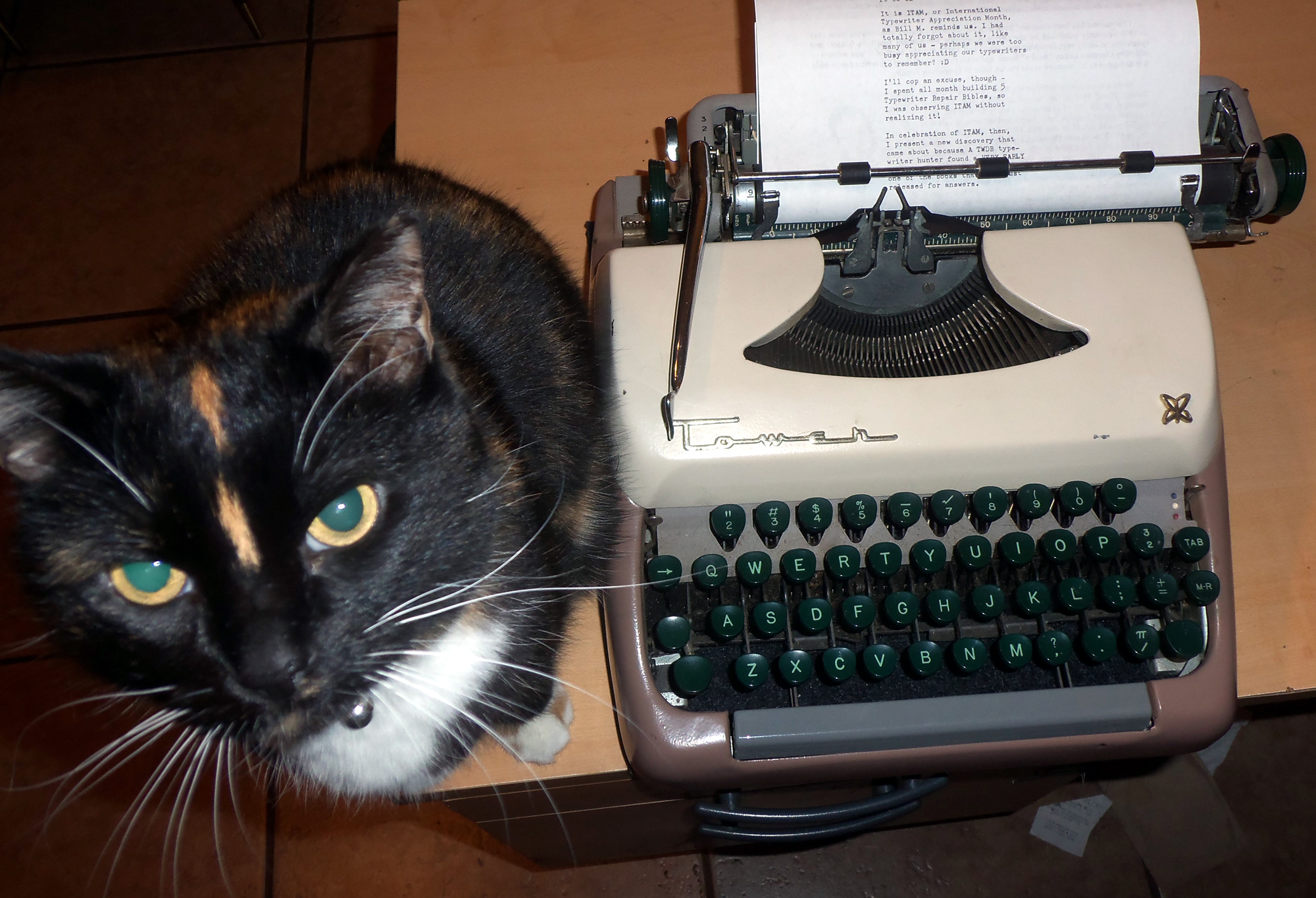
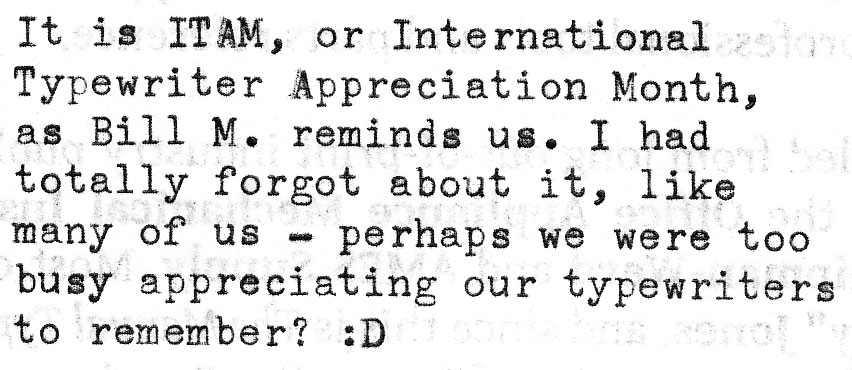
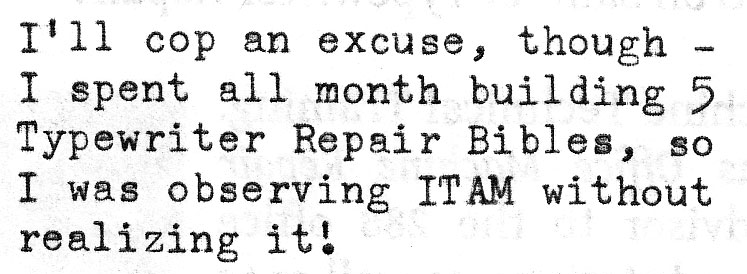

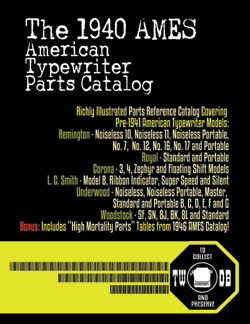


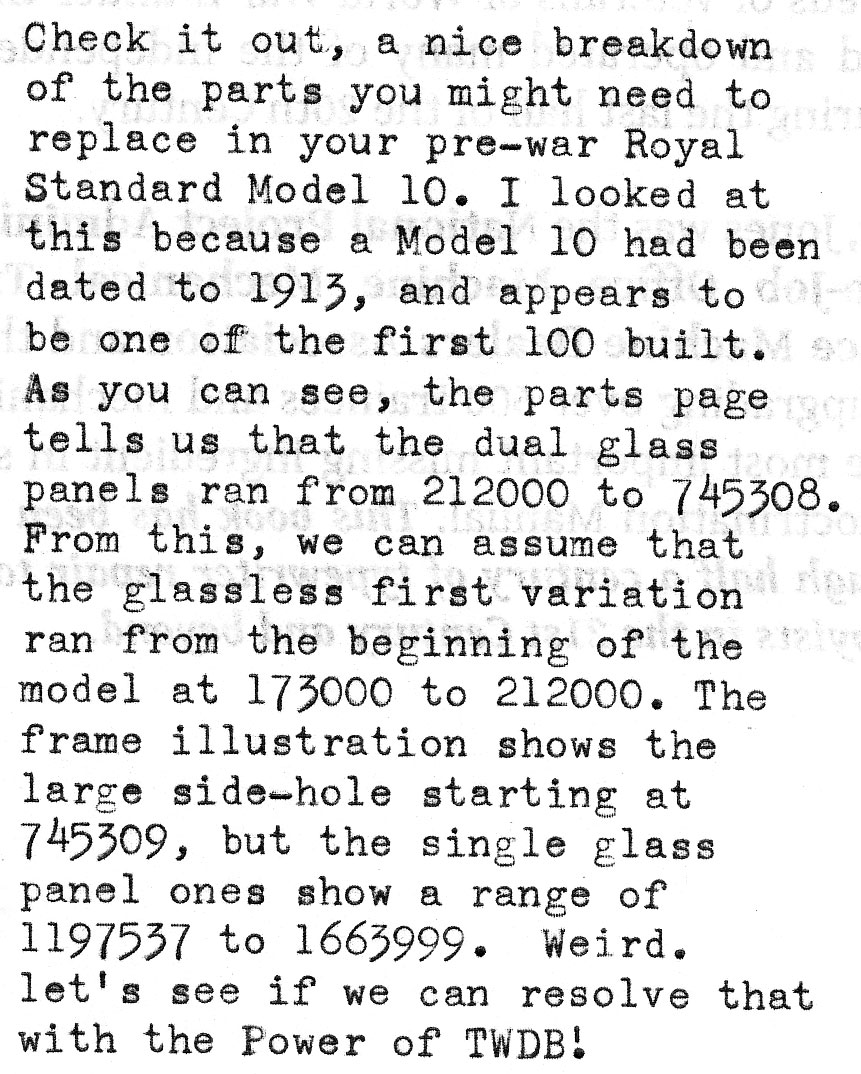

Quite interesting. I noticed an earlier Royal some place without the glass panel I thought the glass panels got removed and lost or broken during the life of the typewriter. I never noticed the thickness difference until you pointed it out.
I’ll take your books for typewriter appreciation over a typewriter post for ITAM.
Those books are great assets.
I almost always forget about ITAM. A few years ago I was reminded very early in the month by other typospherians posting about it. I do not need a special month to appreciate my typewriters. I appreciate them each time I use one, especially my Hammond.
This is a fine example of research, drawing on first-hand experience of real machines, important old documentaiton, and modern digital collaboration.
Every month should be an ITAM!
This is one of the first things I looked up, when my wife gave me her grandma’s dual-glass model that turned out to be from 1918. She’d gotten it used, for a secretarial class. I had noticed that there were other glass configurations and had only gotten a very general idea of which came before or after, but this is much clearer.
I have a Royal model 10 with serial number Q X 9947844. There is a deeply impressed dash between the Q and the X. And there is another dash thru the first 9. I assume that is to correct the number to 947844. The machine has the single glass and the Royal keystone logo on the right side. So I believe a 1926 third variant? Anyone know what the Q indicates?
Tom
model1@HammondTypewriter.com
“QX” prefix was started 1921, so I suspect you’re correct about 1926.
I recently acquired a royal 10 double beveled glass typewriter from the trash. I can’t find any information about it’s serial numbers. 12-705660. Any help is greatly appreciated. Thank you
https://typewriterdatabase.com/royal.72.typewriter-serial-number-database
also the table shown in this very post.
I have a recently acquired Royal 10 serial # X-1360801 with single bevel glass on each side, the one on the left is unfortunately cracked. It’s surrounded by a metal casing. Is there someplace I can get a replacement bevel glass for this? As I mentioned it’s the left side glass, if that makes any difference, plus does anyone have any idea how to safely remove/replace the glass should I be blessed enough to locate a new one? I think this ‘ol machine is from the 1930’s if I’m reading the serial number correctly. Plus it needs a good cleaning, I heard many variations on how to clean it, but I suppose I’m also in a quandary as to what I should use to clean this machine as it looks to have been in a barn for many years!
Is this the right place top ask about the extra row of keys across the top with numbers 1, 100, 1000, 10000. I can find images but no explanation. This is on a #10 with single beveled glass on each side.
fixed decimal tabulator.
Ted – After reviewing your TWDB & the Royal TW SN’s DB, we are confused on ID’ing of our grandfather’s TW. The SN is “14-596124”. In the registries, all the No.10’s have SN’s of prefixes of either: none, “X”, “X-” or Drew Saffell’s 1915 SN “X14-226176”. Ours is the 2nd variation, double glass panels, 14″ platen and by the SN appears to have been mfg in 2nd week of July 1921, before the QX prefix began at 600,000. However, we don’t understand the “14-” SN prefix. Have you seen this before & is this good or bad for valuation? Can you enlighten us? Thank you very much for your time & consideration!
14=carriage length. Serial number has no effect on valuation.
Thank you for the correction and comment on valuation. However, our core question still remains: Why would our SN prefix of “14-” be different than EVERY other Mod 10 SN in both registries? Thanks.